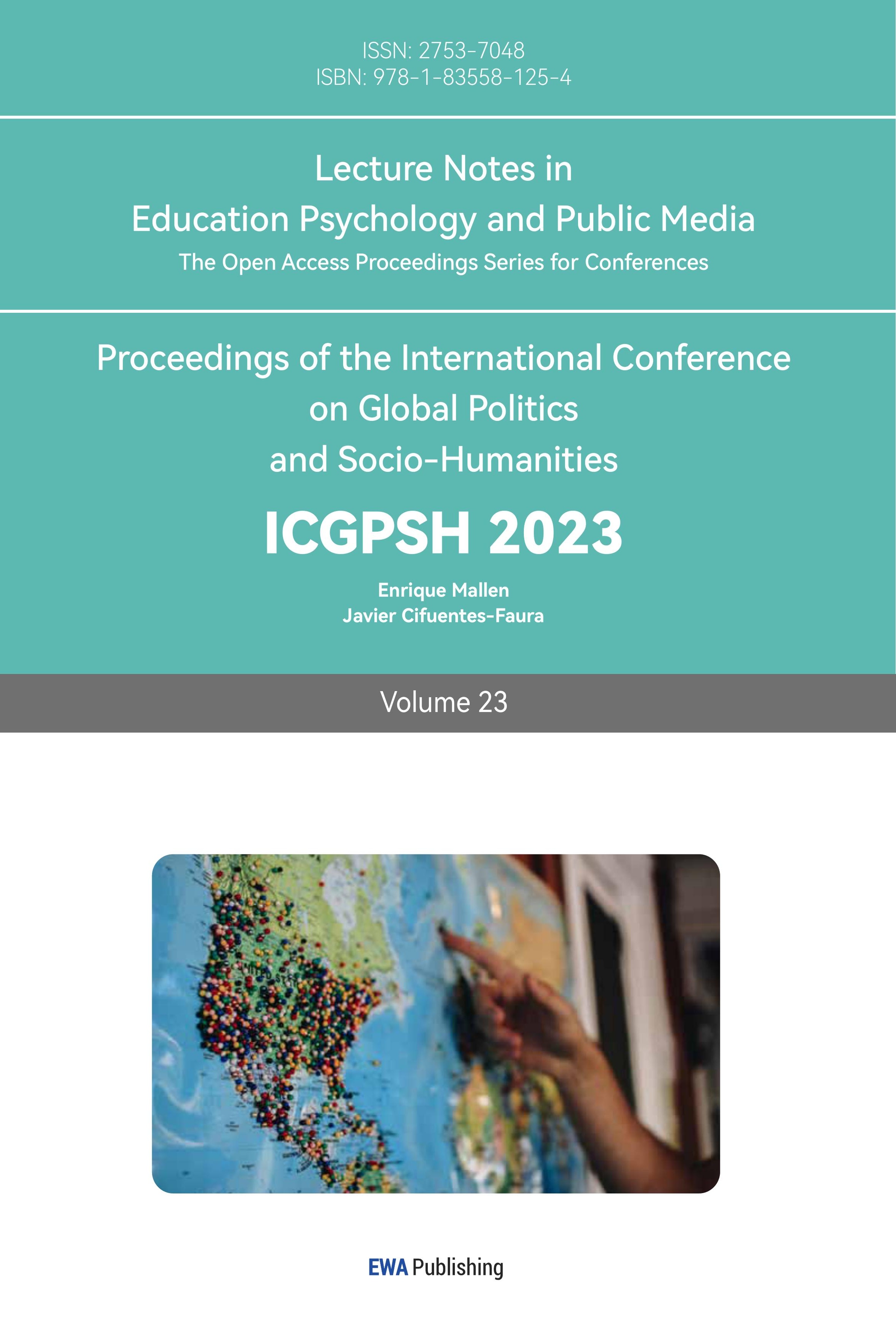References
[1]. Whittaker, S. , Zimmermann, R. (2000). Good faith in European contract law: surveying the legal landscape, 7-62.
[2]. Wieacker, F. (1956). Zur rechtstheoretischen Präzisierung des §242. Tübingen.
[3]. Brownsword, R., Howells, G. and Wilhelmsson, T. (n.d.). The EC Unfair Contract Terms Directive and Welfarism. In Welfarism in Contract Law, 279.
[4]. Collins, H. (1994). Good Faith in European Contract Law. 14 O.J.L.S. 229, 249 et seq.
[5]. Kessler, F. (1943). Contracts of Adhesion--Some thoughts about Freedom of Contract. 43 Columbia Law Review, 629, 632, 640.
[6]. Slawson, W. (1971). Standard Form Contracts and Democratic Control of Lawmaking Power. 84 Harvard Law Review, 529, 530.
[7]. Ramsay, I. (2007). Consumer Law and Policy: Text and Materials on Regulating Consumer Markets. Hart Publishing.
[8]. Howells, G., Ramsay, I., Wilhelmsson, T. and Kraft, D. (Eds.). (2010). Handbook of Research on International Consumer Law. Edward Elgar Publishing.
[9]. Mullainathan, S., Thaler, R. H. (2000). Behavioral Economics. MIT Dept. of Economics Working Paper No. 00-27. Available at SSRN: http://papers.ssrn.com/sol3/papers.cfm?abstract_id=245828.
[10]. Howells, G. (2005). The Potential and Limits of Consumer Empowerment by Information. 32 J.L. & Soc'y, 349-370.
[11]. Goldberg, V. P. (1974). Institutional Change and the Quasi-Invisible Hand. 17 Journal of Law and Economics, 461, 484.
[12]. Kötz, H., Flessner, A. (1997). European Contract Law. Clarendon Press, 138.
[13]. Inequality of bargaining power versus market for lemons: legal paradigm change and the Court of Justice’s jurisprudence on Directive 93/13 on unfair contract terms, E.L. Rev. 2008, 33(3), 336-358.
Cite this article
Zhang,R.;Bi,Q. (2023). Approaching the European Union Directive on Unfair Terms in Consumer Contracts Through the Lens of the Principle of Good Faith. Lecture Notes in Education Psychology and Public Media,23,33-40.
Data availability
The datasets used and/or analyzed during the current study will be available from the authors upon reasonable request.
Disclaimer/Publisher's Note
The statements, opinions and data contained in all publications are solely those of the individual author(s) and contributor(s) and not of EWA Publishing and/or the editor(s). EWA Publishing and/or the editor(s) disclaim responsibility for any injury to people or property resulting from any ideas, methods, instructions or products referred to in the content.
About volume
Volume title: Proceedings of the International Conference on Global Politics and Socio-Humanities
© 2024 by the author(s). Licensee EWA Publishing, Oxford, UK. This article is an open access article distributed under the terms and
conditions of the Creative Commons Attribution (CC BY) license. Authors who
publish this series agree to the following terms:
1. Authors retain copyright and grant the series right of first publication with the work simultaneously licensed under a Creative Commons
Attribution License that allows others to share the work with an acknowledgment of the work's authorship and initial publication in this
series.
2. Authors are able to enter into separate, additional contractual arrangements for the non-exclusive distribution of the series's published
version of the work (e.g., post it to an institutional repository or publish it in a book), with an acknowledgment of its initial
publication in this series.
3. Authors are permitted and encouraged to post their work online (e.g., in institutional repositories or on their website) prior to and
during the submission process, as it can lead to productive exchanges, as well as earlier and greater citation of published work (See
Open access policy for details).
References
[1]. Whittaker, S. , Zimmermann, R. (2000). Good faith in European contract law: surveying the legal landscape, 7-62.
[2]. Wieacker, F. (1956). Zur rechtstheoretischen Präzisierung des §242. Tübingen.
[3]. Brownsword, R., Howells, G. and Wilhelmsson, T. (n.d.). The EC Unfair Contract Terms Directive and Welfarism. In Welfarism in Contract Law, 279.
[4]. Collins, H. (1994). Good Faith in European Contract Law. 14 O.J.L.S. 229, 249 et seq.
[5]. Kessler, F. (1943). Contracts of Adhesion--Some thoughts about Freedom of Contract. 43 Columbia Law Review, 629, 632, 640.
[6]. Slawson, W. (1971). Standard Form Contracts and Democratic Control of Lawmaking Power. 84 Harvard Law Review, 529, 530.
[7]. Ramsay, I. (2007). Consumer Law and Policy: Text and Materials on Regulating Consumer Markets. Hart Publishing.
[8]. Howells, G., Ramsay, I., Wilhelmsson, T. and Kraft, D. (Eds.). (2010). Handbook of Research on International Consumer Law. Edward Elgar Publishing.
[9]. Mullainathan, S., Thaler, R. H. (2000). Behavioral Economics. MIT Dept. of Economics Working Paper No. 00-27. Available at SSRN: http://papers.ssrn.com/sol3/papers.cfm?abstract_id=245828.
[10]. Howells, G. (2005). The Potential and Limits of Consumer Empowerment by Information. 32 J.L. & Soc'y, 349-370.
[11]. Goldberg, V. P. (1974). Institutional Change and the Quasi-Invisible Hand. 17 Journal of Law and Economics, 461, 484.
[12]. Kötz, H., Flessner, A. (1997). European Contract Law. Clarendon Press, 138.
[13]. Inequality of bargaining power versus market for lemons: legal paradigm change and the Court of Justice’s jurisprudence on Directive 93/13 on unfair contract terms, E.L. Rev. 2008, 33(3), 336-358.









